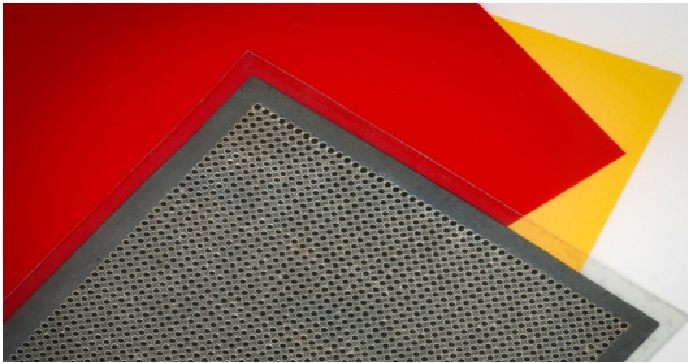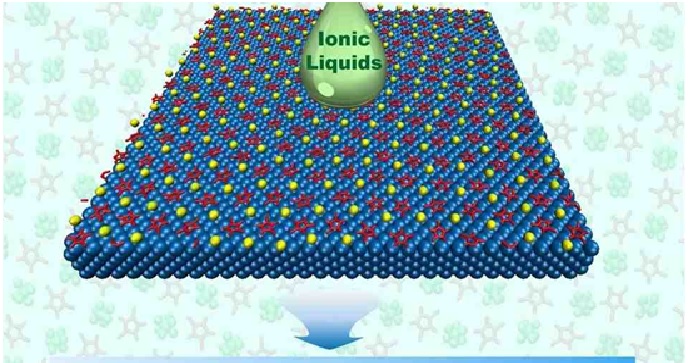A paper-thin loudspeaker
A typical loudspeaker found in headphones or an audio system uses electric current inputs that pass through a coil of wire, thereby generating a magnetic field. This magnetic field moves a speaker membrane- that moves the air above it- and makes the sound we hear. Ultra-thin, lightweight, high-performance, low-cost, and energy-efficient loudspeakers that can be deployed over a wide area have become increasingly attractive to both traditional audio systems and emerging applications such as active noise control and immersive entertainment. [1]

Figure 1. A paper-thin loudspeaker
Figure 1 shows Used this way, the thin-film loudspeaker could provide active noise cancellation in clamorous environments, such as an airplane cockpit, by generating sound of the same amplitude but opposite phase; the two sounds cancel each other out. The flexible device could also be used for immersive entertainment, perhaps by providing three-dimensional audio in a theater or theme park ride. And because it is lightweight and requires such a small amount of power to operate, the device is well-suited for applications on smart devices where battery life is limited. [2]
Traditionally, PVDF speakers have faced numerous design challenges that prevented their commercial viability, including problematic durability and limited frequency response. They also required a sturdy supporting structure, and ultimately didn’t offer much of an advantage over traditional drivers.
Manufacturers can then tweak the acoustic properties of the material by resizing and rearranging the domes, leading to all sorts of interesting applications. [3]
High quality, low power
The domes are 15 microns in height, about one-sixth the thickness of a human hair, and they only move up and down about half a micron when they vibrate. Each dome is a single sound-generation unit, so it takes thousands of these tiny domes vibrating together to produce audible sound.
The device could also use ultrasound to detect where a human is standing in a room, just like bats do using echolocation, and then shape the sound waves to follow the person as they move, Bulovic says. If the vibrating domes of the thin film are covered with a reflective surface, they could be used to create patterns of light for future display technologies. If immersed in a liquid, the vibrating membranes could provide a novel method of stirring chemicals, enabling chemical processing techniques that could use less energy than large batch processing methods. [4]
References:
- https://www.techexplorist.com/paper-thin-loudspeaker/46899/
- https://news.mit.edu/2022/low-power-thin-loudspeaker-0426
- https://thenextweb.com/news/paper-thin-speakers
- https://scitechdaily.com/mit-engineers-develop-a-flexible-paper-thin-loudspeaker/
Cite this article:
Thanusri swetha J (2022), A paper-thin loudspeaker, AnaTechMaz, pp.243















